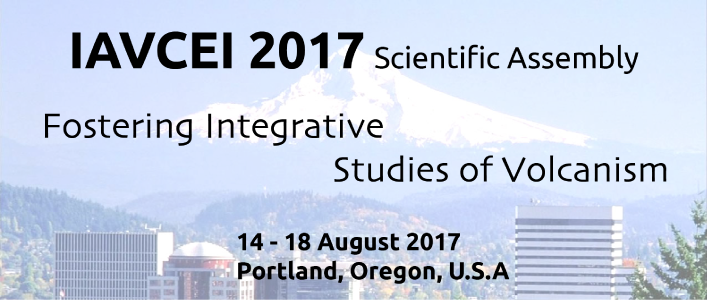SCIENTIFIC PROGRAM
IV. Volatile influences on eruption style, degassing, atmospheric chemistry and climate
IV.1 Remote sensing of volcanic gases from space-based, airborne and ground-based platforms
Conveners:
Florian M. Schwandner, Jet Propulsion Laboratory, California Institute of Technology; fschwand@jpl.nasa.gov
Christoph Kern, USGS Cascades Volcano Observatory; ckern@usgs.gov
Simon A. Carn, Michigan Technological University; scarn@mtu.edu
Volcanic gases are messengers of subsurface magmatic and hydrothermal processes and are therefore tracked closely by observatories as indicators of changing conditions or volcanic unrest. They also affect the atmosphere’s radiative and chemical properties. Observing volcanic gases with in-situ methods poses significant challenges, as measurement conditions can be hazardous to personnel and equipment, and some of the world’s most active volcanoes are extremely remote and hard to reach. Remote sensing techniques offer solutions to assess volcanic degassing from a safe distance, for example by measuring sulfur dioxide emission rates, tracking the spatial extent of gas plumes, or studying their impact on the atmosphere. Recent advances include the proliferation of real-time, remote gas-monitoring instrumentation, the development of ultraviolet and infrared gas imaging systems, the miniaturization of remote sensing devices for use on unmanned aerial systems, as well as the development of new instruments and retrievals for space-based detection of volcanic carbon dioxide. These and other advances are leading to increased monitoring automation, measurement accuracy, observation frequency, and range of observed gas species. We welcome submissions highlighting advances in the science, technology, and application of volcanic gas remote sensing from ground-based, airborne, and space-borne platforms.


